The ready-to-plant Front Garden!

Here's a picture series showing the building of the front garden, from burlap-covered-grass to compost dumping to retaining wall.
Terroir, originally a French term, can be very loosely translated as "a sense of place" which is embodied in certain qualities, and the sum of the effects that the local environment has had on the manufacture of the product. --- This is about my exploration and awareness of my sense of connection and belonging with the people, places, and food in my community (this place I call home).
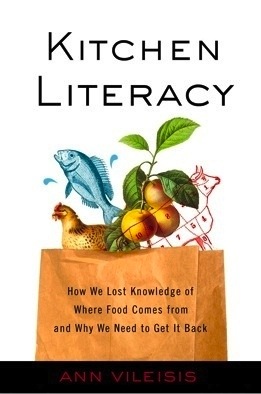 Anyone who's curious what I'm up to, locked away in my office, giving myself carpal tunnel this summer, have a look. I'm finally able to get my ideas more organized and write my dissertation research proposal (in the works). Here's one of my favorite authors ideas, that parallel some of my core background ideas for my research
Anyone who's curious what I'm up to, locked away in my office, giving myself carpal tunnel this summer, have a look. I'm finally able to get my ideas more organized and write my dissertation research proposal (in the works). Here's one of my favorite authors ideas, that parallel some of my core background ideas for my researchWhen we consider “connecting with nature,” we are more inclined to imagine gazing at a spectacular waterfall than to consider rows of crops on a farm, let alone the frozen-foods aisle. In one of those great modern ironies, food is rarely regarded as “natural” unless it has been so labeled.Yet each time we eat a turkey sandwich or a bowl of cereal, we are dependent on land and water - we are fixed in food chains that link us to places that are surely embedded in ecological systems. Author Michael Pollan has recently described eating as “our most profound engagement with the natural world.” Indeed, through food, we are irrevocably attached to the natural environment. The odd thing is that, by habit, we rarely realize this, and collectively, our lack of awareness has given us a distorted view of our place as humans within the larger world. With the supermarket nearby, we live with a detached assurance that our stomachs will always be full, even as industrial farms severely degrade soils, consumer enormous amounts of fossil fuels, pollute waters with excess nitrogen and toxins, and inadvertently spur pests and microbes to alarming potencies.
Ostensibly, city shoppers never actually chose to know less about where foods came from and how they were raised, but the importance of knowing stories about food’s origins had been overshadowed by other, more pressing matters a American urbanized industrialized and grew. In the face of urban squalor and increased understanding of germs at the turn of the century, shoppers had chosen hygienic and prepackaged foods. As the supply of servants shrank, homemakers more openly considered laborsaving methods, products, and appliances that eliminated unseemly work. In the wake of World War I induced scarcity, city dwellers yearning for the security promises by a modern food system.
Cooks and eaters had long chosen foods based on sight, smell, taste, and tough – senses that could discern a full spectrum of qualities from ripeness to rot and all sorts of distinctions in between. Now a panoply of made-foods confounded those senses. What had always been a direct, natural, sensuous relationship between eaters and food seemed to be at stake.
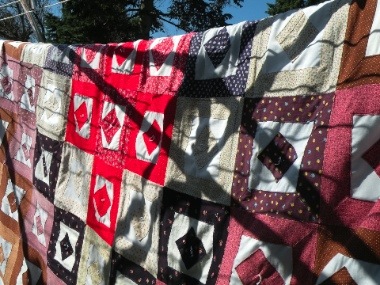 I installed my clothesline today, an umbrella kind that is easy to fold up and store during Portland's rainy winter. I love the smell of freshly dried clothes in the summer, especially my sheets. Clothes are definitely a little more stiff when they are dried on the line, but I don't mine too much for most things, I actually kind of like the stiffness of socks when you first put them on.
I installed my clothesline today, an umbrella kind that is easy to fold up and store during Portland's rainy winter. I love the smell of freshly dried clothes in the summer, especially my sheets. Clothes are definitely a little more stiff when they are dried on the line, but I don't mine too much for most things, I actually kind of like the stiffness of socks when you first put them on. 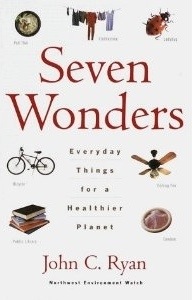 Other advantages of clothes lines (besides the free energy of the sun): You get to go outside and move your body (free vitamin D)! Warning: once you go outside you might not want to go back inside. You might becoming inspired to do yard projects, or get a good book and a lawn chair... anything to stay outside more.
Other advantages of clothes lines (besides the free energy of the sun): You get to go outside and move your body (free vitamin D)! Warning: once you go outside you might not want to go back inside. You might becoming inspired to do yard projects, or get a good book and a lawn chair... anything to stay outside more.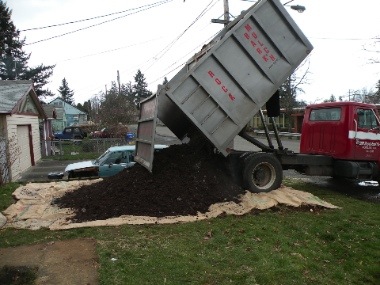 We’re sick of the front lawn! Why mow all the time? It’s a pain, and the grass is all different kinds, it looks like a kid who cut his own hair, and as far as I can tell, we don’t get any real benefit from it. I want more garden space, so we’re going for it, we’re converting our front lawn into a garden.
We’re sick of the front lawn! Why mow all the time? It’s a pain, and the grass is all different kinds, it looks like a kid who cut his own hair, and as far as I can tell, we don’t get any real benefit from it. I want more garden space, so we’re going for it, we’re converting our front lawn into a garden. 2) Cover burlap bags with 6” of compost:
2) Cover burlap bags with 6” of compost: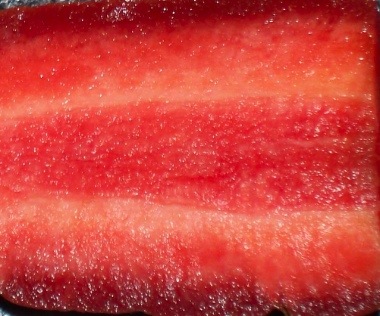 Look at those colors!! And that’s not even close to the best part...the taste, Ooooh the taste! I’ve been getting lots of delicious carrots from my winter CSA, and I’ve been eating so many of them, my skin might turn orange.
Look at those colors!! And that’s not even close to the best part...the taste, Ooooh the taste! I’ve been getting lots of delicious carrots from my winter CSA, and I’ve been eating so many of them, my skin might turn orange. They are so...carroty...sweet and crunchy without the strong parsnip-ish/”nail polish remover” taste and smell from summer commercial carrots. And each kind has a very different flavor, some are sweeter, some are crunchier, some are spicy, some are a little sour (in a nice way), some are buttery. Oh winter carrot!
They are so...carroty...sweet and crunchy without the strong parsnip-ish/”nail polish remover” taste and smell from summer commercial carrots. And each kind has a very different flavor, some are sweeter, some are crunchier, some are spicy, some are a little sour (in a nice way), some are buttery. Oh winter carrot!